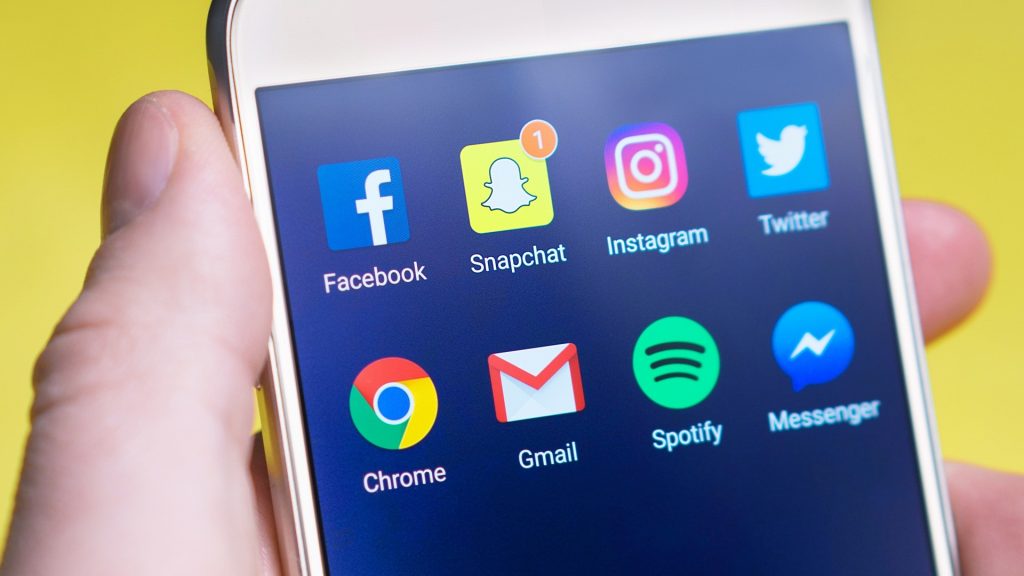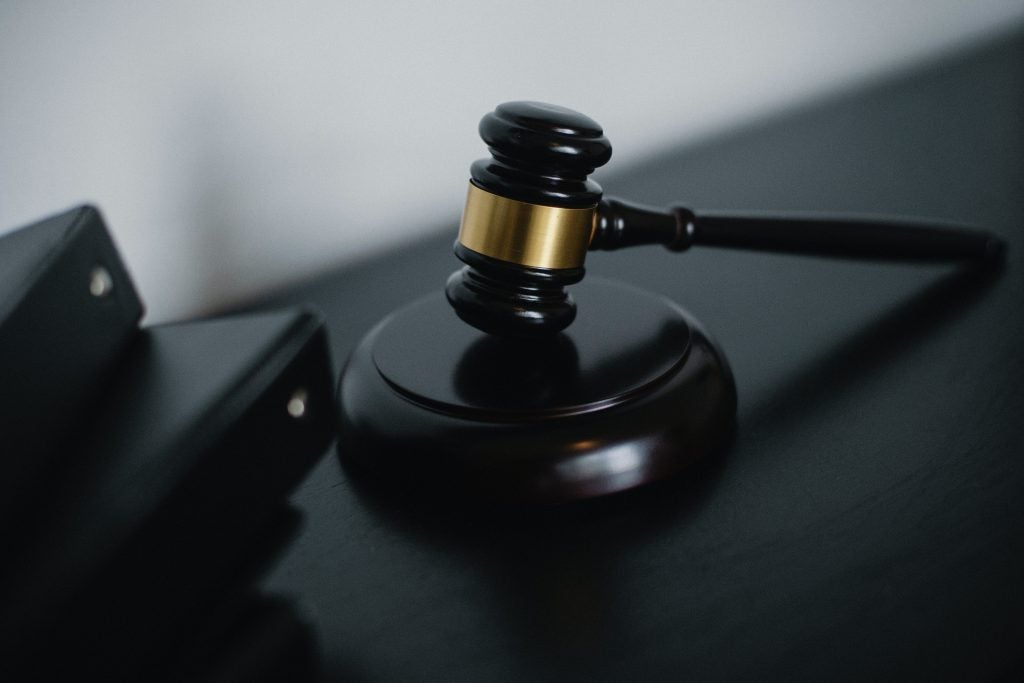
In the age of information, a vast portion of the population is able to access a wide range of literature, art, and science at the push of a button. Consequently, a significant amount of this information might be considered offensive to different groups of people. Obscene material is one of the most prominent type of offensive media along with violent movies and video games, politically charged materials, and racially prejudiced literature and film. It can usually be distinguished from other offensive materials as being categorically sexually explicit. However despite there being such a prevalent push to suppress obscenity, the US court system has struggled to define obscenity, let alone censor it.1
The first major case that highlights this is the Roth vs United States case in 1957, a supreme court case that set the precedent that obscenity is in fact not protected by the first amendment.1 The decision asserted that the first amendment implicitly protects any materials with even a shred of social redeeming value. Hence obscene content which inherently has no social value is not protected speech. However, the courts gave very few specific guidelines for defining obscenity or social value, so lower courts were free to set their own standards, which higher courts generally upheld. The resulting decisions were generally inconsistent and vague. Rarely if ever could judges agree on what constituted obscenity, or why a given material was obscene. Usually though decisions would be contingent on “community standards”, a term which was often thrown around with little to no rigor.

This period of ill defined parameters lasted for a decade and a half, and motivated Justice Stewart’s quote on the subject, “I know it [obscenity] when I see it.” 1 The case which spawned this quip, Jacobellis vs Ohio, was just one of many in this period, and the quote is often used to not only summarize the time period in which obscenity was so loosely defined, but also to highlight the innate difficulty in setting objective guidelines for obscenity.
Finally, in 1973, a more rigorous set of standards was implemented by the influential Miller vs California case. The supreme court acknowledged the inherent danger in giving lower courts such free reign to restrict speech. From this case the current standard for defining obscenity was set forth. The three pronged test, or “Miller test” consists of three conditions that define obscenity: the material appeals to prurient interests, is patently offensive in accordance with contemporary community standards, and is without social value.2 However while more concrete than the standards of past decades, many have argued that this is still too subjective, and is hence open to abuse.
An important point of controversy that arose, and still persists t this day concerns what constitutes “contemporary community standards”. In other words, how do we define what a community might find offensive? What if two communities differed in their standards? After all, the U.S. has a diverse population, and people in Iowa might find something offensive that people in New York might take no issue to, or vice versa. Ultimately the courts rejected the notion of a national community standard and ruled that “The community in which the material was found should judge the material.”1
Yet this new standard proved to introduce even more confusion. The decision of Miller vs California was made only a short time before the popularization of the internet, an entity which by its very nature transcends geography and communities. In recent case law it has been argued that the concept of defining obscenity based on community standards is outdated. If one community for example finds material viewed over the internet to be patently offensive they have what has been called a “heckler’s veto.”3 In other words, they might be applying community standards where community standards no longer apply.
In light of the complexity the internet introduces, many have suggested that we do away with restrictions on obscenity. After all, it appears the courts are incapable of fairly and consistently applying a standard which is not overly broad. Perhaps if obscenity cannot be precisely and objectively restricted then it should not be restricted at all.1
Others however would argue the opposite. Many people would prefer their children be protected from obscene material. The internet as it is today presents a danger to that interest. Perhaps the internet does not present reason to do away with obscenity laws, but rather an incentive to strengthen them.
So, in the age of the internet, how do we regulate the distribution of obscene material? Should community standards be set by municipalities, states, or the federal government? Or should we even censor obscenity based on any sort of community standards? With the internet as vast as it is, do we even have the capabilities to censor everything that might be considered obscene? All of these remain open questions. The internet is still relatively young, and its intersection with sexual content, while ubiquitous, is still unresolved as far as the US constitution is concerned.
References
1. E. Morgan Laird, Comment, The Internet and the Fall of the Miller Obscenity Standard: Reexamining the Problem of Applying Local Community Standards in Light of a Recent Circuit Split, 52 Santa Clara L. Rev. 1503 (2012).
2. Adams, Ryan J. (2014) “An Objective Approach to Obscenity in the Digital Age,” St. John’s Law Review: Vol. 86: Iss. 1, Article 6.
3. Reno v. ACLU, 521 U. Reno v. ACLU, 521 U.S. 844, 874, 117 S.Ct. 2329, 138 L.Ed.2d 874 (1997)
Last updated May 13 2016
